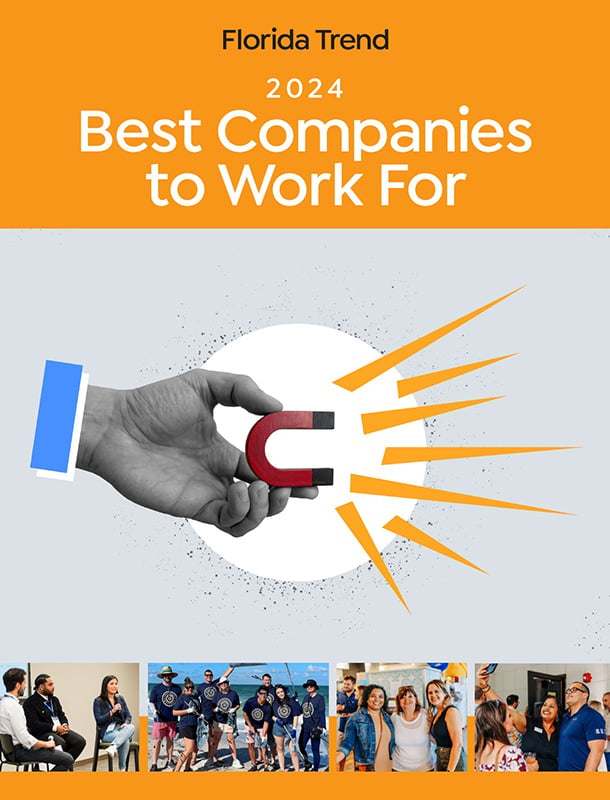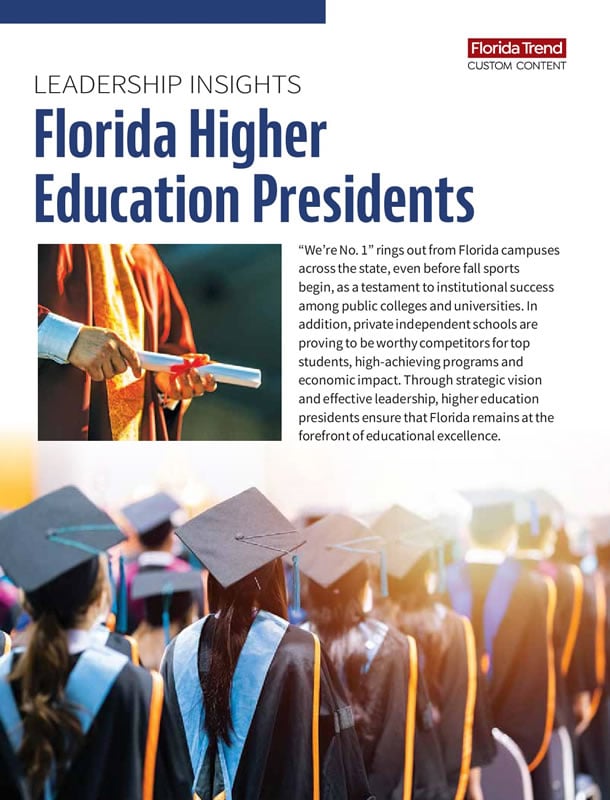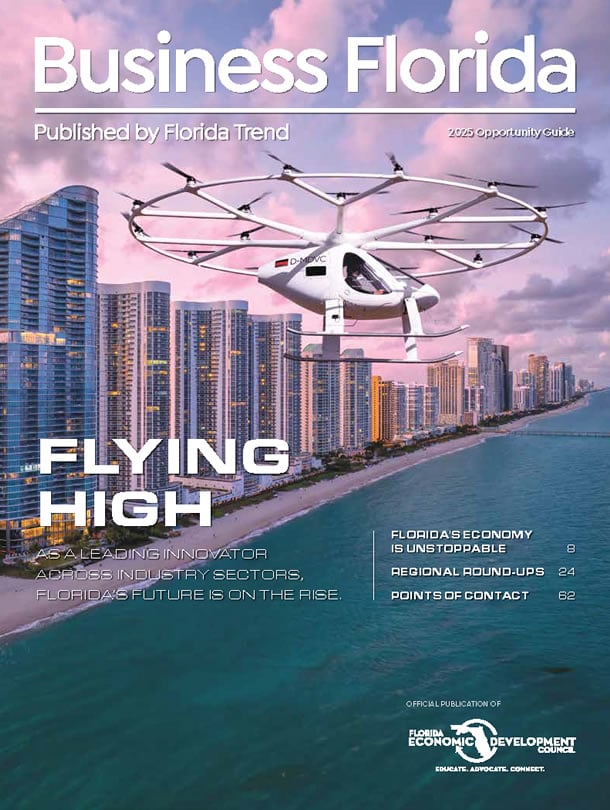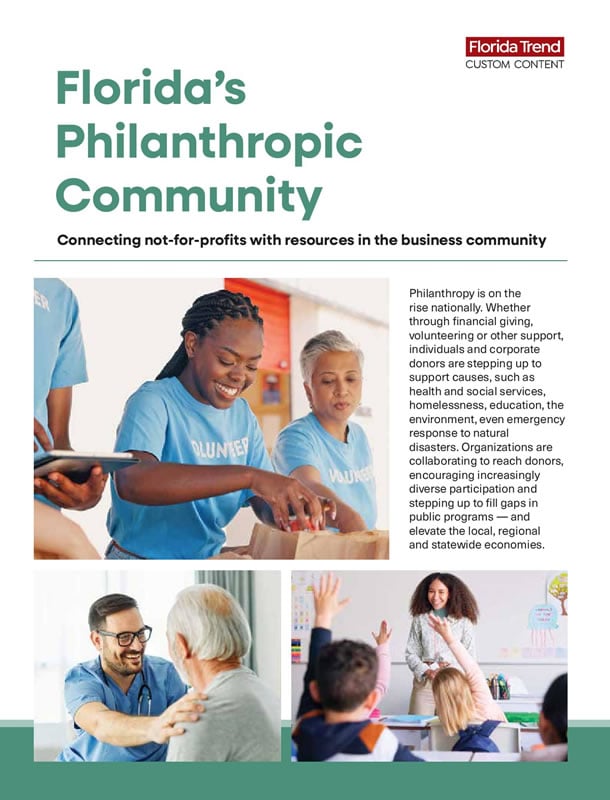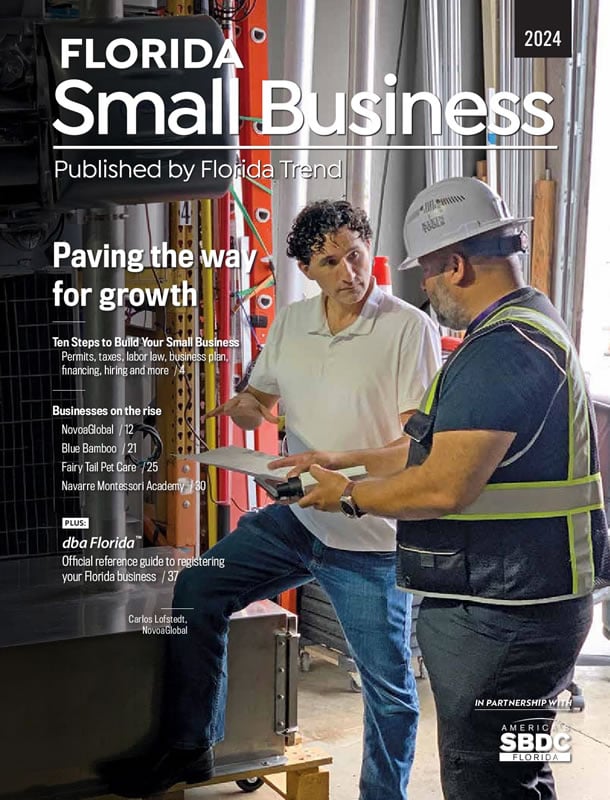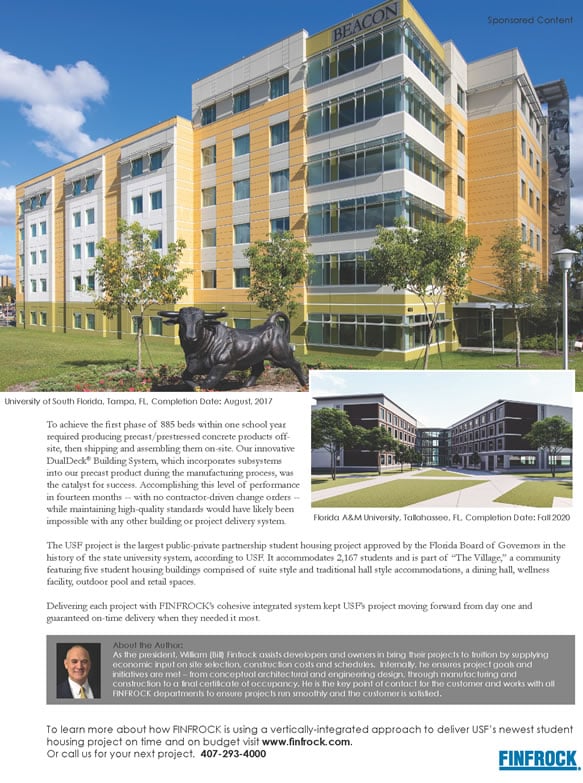Those scenarios aren't science fiction. Nanotechnology -- the science of manipulating atoms and manufacturing on an extremely tiny scale -- is hot among researchers in biomedical engineering, materials science and other technology fields. "It's incredible the breadth of applications," says Chris Batich, director of the University of Florida's graduate program in biomedical engineering.
The breakthrough for nanotechnology came in the early 1980s, when two researchers at IBM's Research Laboratory in Zurich, Switzerland, invented the scanning tunneling microscope, which provided the first images of individual atoms on the surface of materials. They won the 1986 Nobel Prize in physics. In 1990, IBM researchers showed that it was possible to manipulate individual atoms. That atomic manipulation makes it possible to do research in nanometers -- units that measure one-billionth of a meter.
Today, university and corporate research scientists around the world are working on nanotechnology projects designed to revolutionize manufacturing and medicine. "The Clinton administration really drove this," says Ken Babcock, director of research and development for the metrology group at Veeco Instruments, a New York maker of high-powered microscopes and other measuring and processing equipment. "The researchers are just starting to get the money."
Research is focusing on nanocomputing, particularly using carbon nanotubes to make carbon chips smaller and faster than silicon chips; medical delivery using nanomachines to carry drugs to the appropriate parts of the body; and nanofibers designed to strengthen products.
"The big question is how nanoscience gets translated into an economic channel in the long run," says Babcock. Indeed, it is likely that commercial applications using nanotechnology will come slowly, with the biggest breakthroughs five, 10 or 15 years away.
For 2002, President George W. Bush has requested $518.9 million in funding for the federal government's National Nanotechnology Initiative, a 23% increase over this year's congressional appropriation. The money will go to eight federal departments and agencies, with the National Science Foundation and the Department of Defense slated to receive more than half of the total funding. Much of the federal funding will be used to support university research projects.
The University of Florida already has at least 60 faculty and 100 graduate students working on nanotechnology or nanoscience research. In the College of Engineering alone, $20 million of the $60 million in research grants is nano-related, says Mark Law, professor of electrical and computer engineering and co-director of UF's Institute for Nanoscience and Nanotechnology, launched early this year.
UF, which has raised $8 million for the new institute from the UF Research Foundation and the colleges of Engineering and Liberal Arts and Sciences, is proposing that the state build a $26.2-million, 90,000-sq.-ft. Multidisciplinary Nanosystems Facility.
Florida will have plenty of competition for federal and corporate nanotechnology research dollars. Dozens of universities, including Rice, Harvard, Cornell and the University of Texas, have set up nano-technology research centers. In California, a state program will provide $100 million over four years to the California NanoSystems Institute at UCLA and the University of California at Santa Barbara. The California institute has also raised $50 million from private industry.
Batich, the UF biomedical engineering professor, notes that there is a lot of hype surrounding nanotechnology now. But, he says, the potential gain for Florida is real. "This field has a tremendous opportunity to be of benefit to the state of Florida."
Click It!
How Stuff Works
How does a digital camera work? How about the human brain? And what makes lightning both beautiful and deadly? The answers to these questions and lots more can be found on How Stuff Works, a website that has entertaining, easy-to-understand explanations for hundreds of mechanical devices, natural phenomena, medical conditions, newsworthy events (the California power crisis and Mardi Gras, to name two) and miscellaneous topics. The explanations use a combination of narrative, detailed examples, Q & A and illustrations. There are also helpful links for each topic and, in many cases, discussion forums.



